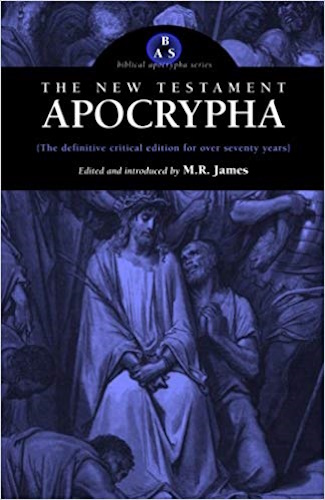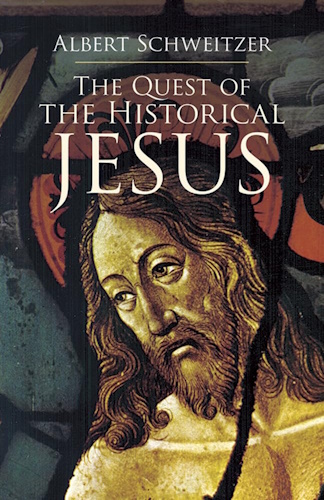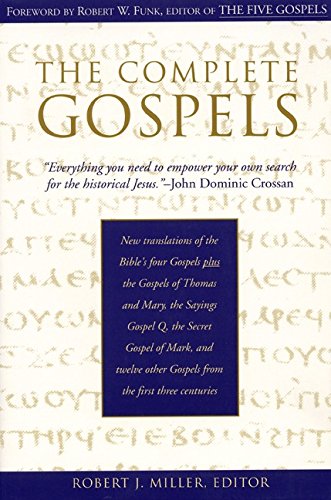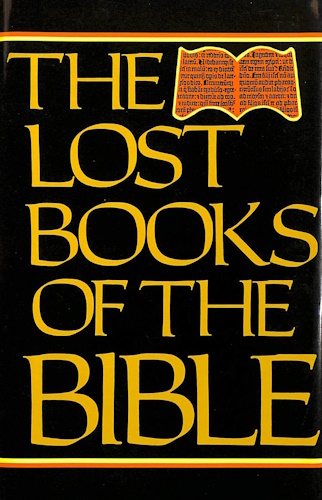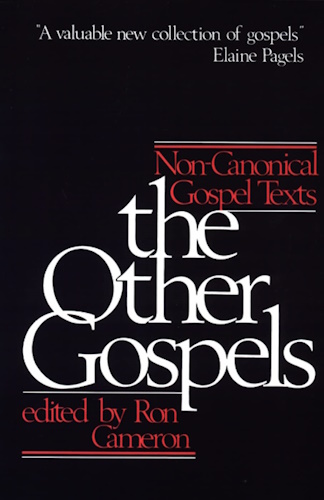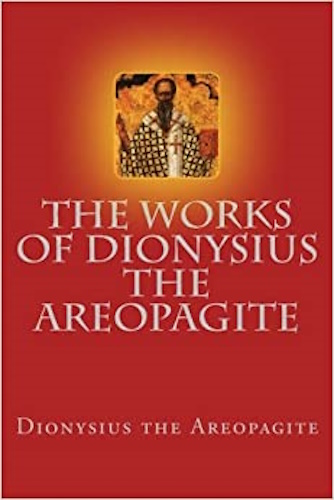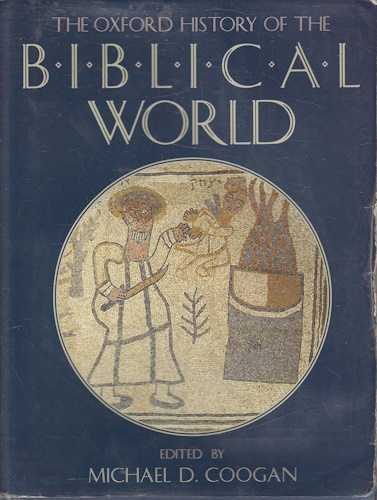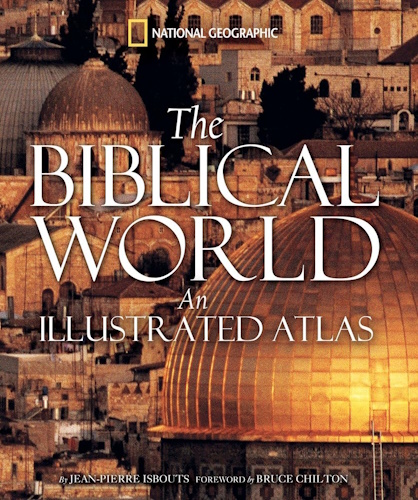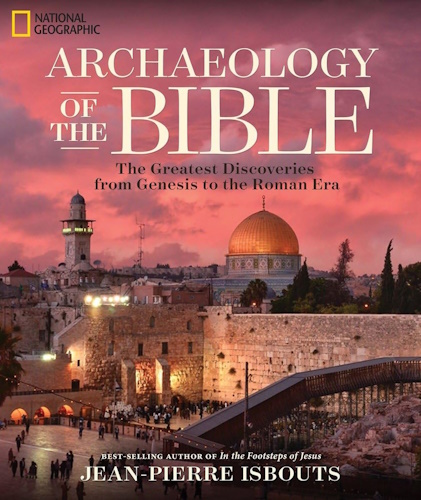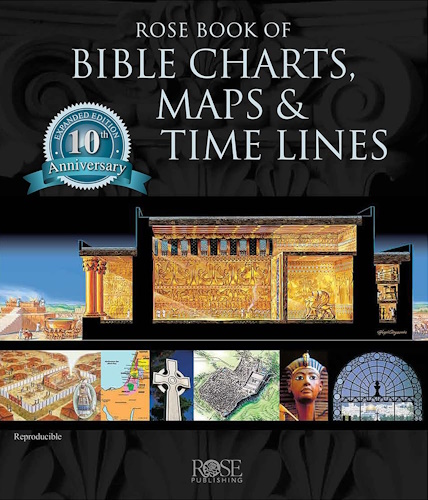
The works of Dionysius the Areopagite
Objections to Genuineness
page 202
THE most plausible objection to the genuineness of these writings is thus expressed by Dupin: "Eusebius and Jerome wrote an accurate catalogue of each author known to them—with a few obscure exceptions,—and yet never mention the writings of the Areopagite." Great is the rejoicing in the House of the Anti-Areopagites over this PROOF;—but what are the facts? Eusebius acknowledges that innumerable works have not come to him—Jerome disclaims either to know or to give an accurate catalogue either of authors or works. The Library of Caesarea contained three hundred thousand volumes, according to the modest computation of Doublet, according to Schneider, many more—Jerome says there are some writings, so illustrious in themselves, that they will not suffer from not being mentioned by him; Jerome fallows Dionysius on the Heavenly Hierarchy; Jerome's Catalogue of Illustrious Men contains one hundred and thirty-five names.
Josephus is mentioned for his testimony to Christ —Seneca, for his correspondence with St, Paul—Philo, for his description of the Therapeutse of Alexandria. Yet Dupin would have the unwary infer that Jerome gives a full catalogue of each Author known to him, with a few obscure exceptions.
The "Ecclesiastical History" of Eusebius treats of
page 203
the nature of Christ, the companions of the Apostles, the Martyrdoms—the succession of Bishops—the persecutions—the folk-lore of the Church to the fourth Century. The Book would fill about 125 pages, yet Dupin would have us believe that he gives a complete catalogue; He does not give the writings of Hymenseus and Narcissus, of Athenagoras, and Pantaenus, nor a complete list of Clement, Origen, and Dionysius of Alexandria. His silence, in my opinion, is owing to "odium theologicum." According to Eusebius, Jesus is διττός; according to Dionysius, Jesus is ἁπλοῦς; both true when properly understood, but when misunderstood—"Hinc lachrymae illae"—Dupin formed his premise for his conclusion, not from facts140.
FALLACY OF NAMES.
Pearson, Daillé, Blundellum, Erasmus, Valla, Westcott, Lupton, pronounce against the genuineness. Who are you? But Pearson demolishes Daillé; Vossius pulverises Blundellum; Erasmus repudiates Valla. Dr. Westcott, following Dupin, assumes the non-genuineness, but his literary instinct places his Article on Dionysius before that on Origen. Dean Colet bumps the scale against Mr. Lupton.
Pearson, in the xth Chapter of Ignatii Vindiciae, gives the shortest and best summary in favour of the genuineness. Speaking of the scholars of his own day, he says, "No one is so ignorant as not to know that these writings were recognised as genuine by the
page 204
best judges in the sixth, fifth, fourth, and third centuries." Unhappily, he also said, Every "erudite" person regarded them in his day as written in the fourth century, and he assumed the date of Eusebius' death, as the date of the works, to account for his silence. Hence every inerudite person, who wished to pass for erudite, maintained that opinion for his own reputation. But when Pearson had re-surveyed the evidence, he confessed, with shame, that though he had given, what seemed to him a true opinion, he left the decision of the whole matter to the judgment of a more learned person.
Erasmus, in his "Institutio" of a Christian Prince, writes thus:—"Divus ille Dionysius qui fecit tres Hierarchias." In his prime work, "ratio verae religionis," Erasmus not only enumerates the "Divine Names," the "Mystic and Symbolic Theology," but calls them, not Stoic, not Platonic, not Aristotelian, but "celestial" philosophy. He so moulds Dionysius into his book, that it becomes Dionysius writing elegant Latin. The only reason which outweighed with him all external testimony, was, that Erasmus could not imagine that any man, living in apostolic times, and so far removed from the age of Erasmus, could possibly have penned such a mirror of apostolic doctrine. How could the Areopagite, though disciple of Paul, and familiar friend of John Theologus, possibly be so learned as the author of these writings? Such is the testimony of the two Theologians who have been permitted to be doubtful of the genuineness.
page 205GREGORY OF TOURS141.
Gregory is the great authority of those who think that the St. Denis of France is not identical with Dionysius the Areopagite. The authority is worthy of their critical acumen. Gregory collects the more obscure martyrdoms, in Gaul, under Nero, and subsequent Emperors. He gives several martyrdoms under Nero, and thus proves the Apostolic Evangelisation of Gaul. Gregory quotes, and misquotes, and misunderstands the ancient document142, "Concerning143 seven men sent by St. Peter into Gaul,—in Gallias—to preach." "Under Claudius —sub CLDIO—Peter the Apostle sent certain disciples into Gaul to preach,—they were, Trophimus, Paulus, Martial, Austremonius, Gatianus, Saturninus, Valerius, and many companions."—These men were sent A.D. 42–43. Gregory omits Valerius, and inserts Dionysius —who was not converted to the Christian Faith till A.D. 44 or 49. Then Gregory misreads "Claudio "for "consulibus Decio," and adds, "Grato" as the fellow-consul. Thus a disciple of the Apostles, sent by Clement, successor of Peter, arrives in Gaul A.D. 250, and the identical names of his companions recur miraculously in the third century. At the very time that Trophimus144 is thus supposed to have arrived at Aries, we have a letter from Cyprian, A.D. 254, urging Pope Stephen to depose Marcion, 15th or
page 206
18th Bishop of Aries from Trophimus. Such is the basis upon which our critical friends build their house upon the sand.
THE PÈRES BOLANDISTES.
The Pères Bolandistes are a wonder in Christendom. They are critical, and yet follow the gross blunder of Gregory of Tours. They belong to the papal obedience, and yet prefer Gregory of Tours when wrong, to Gregory XIII., when right. They pronounce the solemn declaration of Pope John XIXth, "that Martial of Limoges was an apostolic man145," as of no historic value. They think that St. John Damascene did not possess the same critical apparatus for proving the authenticity of the writings of Dionysius, that we possess in the xixth Century. Their "actes authentiques146" of Dionysius acknowledge that he was sent to Gaul by Clement, successor of Peter; and yet they affirm that he arrived in Gaul, A.D, 250. After Clement I., who succeeded Peter and Paul, there was not another Clement, Bishop of Rome, for a thousand years147. Happily, Les petits Bolandistes are more rational and critical than their Pères.
GENERAL OBJECTION.
"The style, the theological learning, the language and allusions, prove the writings written after the apostolic age."
page 207Is the Epistolary style the proof? St. Paul, St. John, St. Peter, St. Luke, and nearly the whole of the New Testament is written under the form of Epistles. The Epistle of St. James,—the first written in the Canon of the New Testament,—will bear comparison with the book of Job for ornate diction. Consult the marginal references to the Epistle of St. Peter, to see the scriptural knowledge of the Apostles. Men use the testimony of the High Priests, that the Apostles were unlearned and ignorant men, but omit their testimony that they took knowledge of them, that they had been with Jesus; and the further testimony, that Jesus opened their understanding, that they should understand the testimony of the Scriptures, respecting Himself; and further, that the Holy Spirit should recall to them whatever He had said to them. Those who would rather assume twenty miracles, than acknowledge one natural fact, surmise, that a Syrian, in the ivth century, may have written Greek permeated with technical expressions of Plato and Aristotle. There is not a single allusion to persons or events after the first century, unless it be supposed that the Epistle of Ignatius, A.D. 108, is quoted. The works abound in names recorded in the New Testament. The Apostolic Epistles allude to the leaven of heresy already working. The Antwerp edition gives about five hundred references to Holy Scripture in the Writings of Dionysius. He quotes every book in the Bible, except the two last particular Epistles of St. John, or John Presbyter. Dionysius writes
page 208
four letters to Gaius, to whom St. John wrote his third Epistle. We have, therefore, in the writings of this Apostolic man, a proof that the Canonical Scriptures were quoted as the Oracles of God, in the first century, and a triumphant testimony that
Faith is more trustworthy than criticism.
Thanks be to God!
Other Works by same Author.
HOLY SCRIPTURES IN CHURCH OF ROME.
APOSTOLIC TRADITIONS ACCORDING TO THE COUNCIL OF TRENT.
THE CELESTIAL AND ECCLESIASTICAL HIERARCHY.
Printed by James Parker and Co., Crown Yard, Oxford.
140 Vidieu, page 107.
141 L'Abbé Darras. St. Denys l'Areopagite, p. 34.
142 Ibid., p. 51.
143 See Monuments inédits de M. Faillon, t. ii. p. 375.
144 Darras, p. 14.
145 See Surius.
146 Darras, 293-300.
147 Clement I., A.D. 67, Cl. II. 1046.
![]()
![]()
-
Urantia Book, 44:0.11 - The Celestial Artisans
Never in your long ascendancy will you lose the power to recognize your associates of former existences. Always, as you ascend inward in the scale of life, will you retain the ability to recognize and fraternize with the fellow beings of your previous and lower levels of experience. Each new translation or resurrection will add one more group of spirit beings to your vision range without in the least depriving you of the ability to recognize your friends and fellows of former estates.
-
Princess Bride 1987 Wallace Shawn (Vizzini) and Mandy Patinkin (Inigo Montoya)
Vizzini: HE DIDN'T FALL? INCONCEIVABLE.
Inigo Montoya: You keep using that word. I do not think it means what you think it means. -
Urantia Book, 117:4.14 - The Finite God
And here is mystery: The more closely man approaches God through love, the greater the reality -- actuality -- of that man. The more man withdraws from God, the more nearly he approaches nonreality -- cessation of existence. When man consecrates his will to the doing of the Father's will, when man gives God all that he has, then does God make that man more than he is.
-
Urantia Book, 167:7.4 - The Talk About Angels
"And do you not remember that I said to you once before that, if you had your spiritual eyes anointed, you would then see the heavens opened and behold the angels of God ascending and descending? It is by the ministry of the angels that one world may be kept in touch with other worlds, for have I not repeatedly told you that I have other sheep not of this fold?"
-
Urantia Book, Foreword - 0:12.12 - The Trinities
But we know that there dwells within the human mind a fragment of God, and that there sojourns with the human soul the Spirit of Truth; and we further know that these spirit forces conspire to enable material man to grasp the reality of spiritual values and to comprehend the philosophy of universe meanings. But even more certainly we know that these spirits of the Divine Presence are able to assist man in the spiritual appropriation of all truth contributory to the enhancement of the ever-progressing reality of personal religious experience—God-consciousness.
-
Urantia Book, 1:4.3 - The Mystery Of God
When you are through down here, when your course has been run in temporary form on earth, when your trial trip in the flesh is finished, when the dust that composes the mortal tabernacle "returns to the earth whence it came"; then, it is revealed, the indwelling "Spirit shall return to God who gave it." There sojourns within each moral being of this planet a fragment of God, a part and parcel of divinity. It is not yet yours by right of possession, but it is designedly intended to be one with you if you survive the mortal existence.
-
Urantia Book, 1:4.1 - The Mystery Of God
And the greatest of all the unfathomable mysteries of God is the phenomenon of the divine indwelling of mortal minds. The manner in which the Universal Father sojourns with the creatures of time is the most profound of all universe mysteries; the divine presence in the mind of man is the mystery of mysteries.
-
Urantia Book, 1:4.6 - The Mystery Of God
To every spirit being and to every mortal creature in every sphere and on every world of the universe of universes, the Universal Father reveals all of his gracious and divine self that can be discerned or comprehended by such spirit beings and by such mortal creatures. God is no respecter of persons, either spiritual or material. The divine presence which any child of the universe enjoys at any given moment is limited only by the capacity of such a creature to receive and to discern the spirit actualities of the supermaterial world.
-
Urantia Book, 11:0.1 - The Eternal Isle Of Paradise
Paradise is the eternal center of the universe of universes and the abiding place of the Universal Father, the Eternal Son, the Infinite Spirit, and their divine co-ordinates and associates. This central Isle is the most gigantic organized body of cosmic reality in all the master universe. Paradise is a material sphere as well as a spiritual abode. All of the intelligent creation of the Universal Father is domiciled on material abodes; hence must the absolute controlling center also be material, literal. And again it should be reiterated that spirit things and spiritual beings are real.
-
Urantia Book, 50:6.4 - Planetary Culture
Culture presupposes quality of mind; culture cannot be enhanced unless mind is elevated. Superior intellect will seek a noble culture and find some way to attain such a goal. Inferior minds will spurn the highest culture even when presented to them ready-made.
-
Urantia Book, 54:1.6 - True And False Liberty
True liberty is the associate of genuine self-respect; false liberty is the consort of self-admiration. True liberty is the fruit of self-control; false liberty, the assumption of self-assertion. Self-control leads to altruistic service; self-admiration tends towards the exploitation of others for the selfish aggrandizement of such a mistaken individual as is willing to sacrifice righteous attainment for the sake of possessing unjust power over his fellow beings.
-
Urantia Book, 54:1.9 - True And False Liberty
How dare the self-willed creature encroach upon the rights of his fellows in the name of personal liberty when the Supreme Rulers of the universe stand back in merciful respect for these prerogatives of will and potentials of personality! No being, in the exercise of his supposed personal liberty, has a right to deprive any other being of those privileges of existence conferred by the Creators and duly respected by all their loyal associates, subordinates, and subjects.
-
Urantia Book, 54:1.8 - True And False Liberty
There is no error greater than that species of self-deception which leads intelligent beings to crave the exercise of power over other beings for the purpose of depriving these persons of their natural liberties. The golden rule of human fairness cries out against all such fraud, unfairness, selfishness, and unrighteousness.
